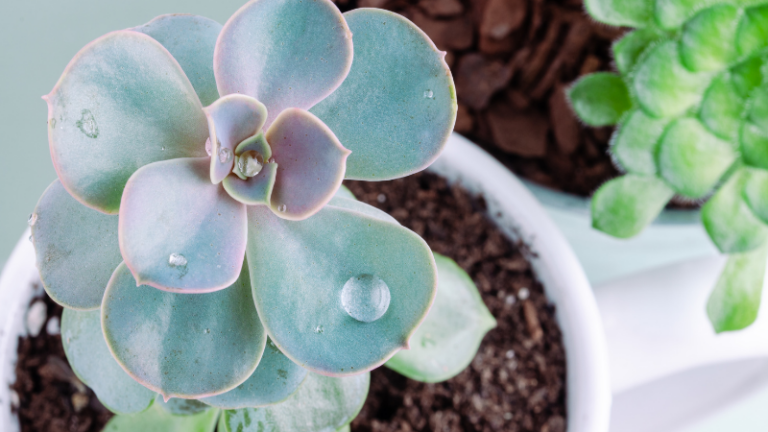As a passionate gardener, I thrive on experimenting with potting mixes for my plants. One day, I chose an orchid potting mix for my aloe vera, curious about the outcome.
I eagerly transplanted my aloe vera into the orchid mix and set it in a sunny spot. At first, all seemed well, with the plant appearing vibrant and growing.
But time revealed the truth. My aloe vera struggled instead of thriving. Yellowing leaves and wilting signaled trouble and adjusting water and sunlight didn’t help. I knew I had made a mistake.
Contents
Why Orchid Mix Fails Aloe Vera
Orchid potting mix offers excellent drainage while retaining some moisture. Bark, perlite, and charcoal form its core. Its superb drainage makes it perfect for rot-prone plants like orchids and some succulents.
However, aloe vera plants demand more. They need well-draining soil but with better moisture retention than orchid mix provides.
The Dangers of the Wrong Potting Mix
Choosing the wrong mix harms aloe vera in several ways. Poor drainage leads to waterlogged roots and root rot, while inadequate moisture retention leaves the plant thirsty and struggling.
Orchid potting mix may not hold enough moisture for aloe vera to stay healthy. This deficiency can cause yellow leaves and wilting.
The Perfect Aloe Vera Potting Mix
Over the years, I’ve grown various aloe vera species, learning that a mix of washed construction sand or pumice, compost or manure, and shredded leaves, bark, or other organic matter works wonders. This blend strikes the right balance between drainage and moisture retention.
Remember that poorly drained soil can cause root rot and other problems. I once used such soil for my aloe vera, resulting in wilted, yellow leaves. After learning my lesson, I promptly repotted the plant in a well-draining mix.
Creating a potting mix might intimidate beginners, but garden centers provide pre-made mixes suitable for aloe vera and other succulents. These ready-made options ensure proper soil for plants of all skill levels.
To make a suitable mix for aloe vera, combine plant-derived materials like compost and peat moss with granular materials like pumice stone and vermiculite. Adding oyster shell powder also promotes growth.
Plant or repot aloe vera between March and September and repot every two years. If roots outgrow their current pot, use a larger one. Follow these tips, and your aloe vera will flourish, enhancing your home or garden.
Key Points:
- Orchid potting mix might not retain enough moisture for aloe vera to thrive.
- The wrong mix can cause root rot or insufficient moisture, harming the plant.
- An ideal mix for aloe vera combines plant-derived and granular materials and may include oyster shell powder.
- Repot aloe vera every two years, using a larger pot if needed.
- Garden centers offer suitable potting mixes, and the best time to plant or repot aloe vera is between March and September.








